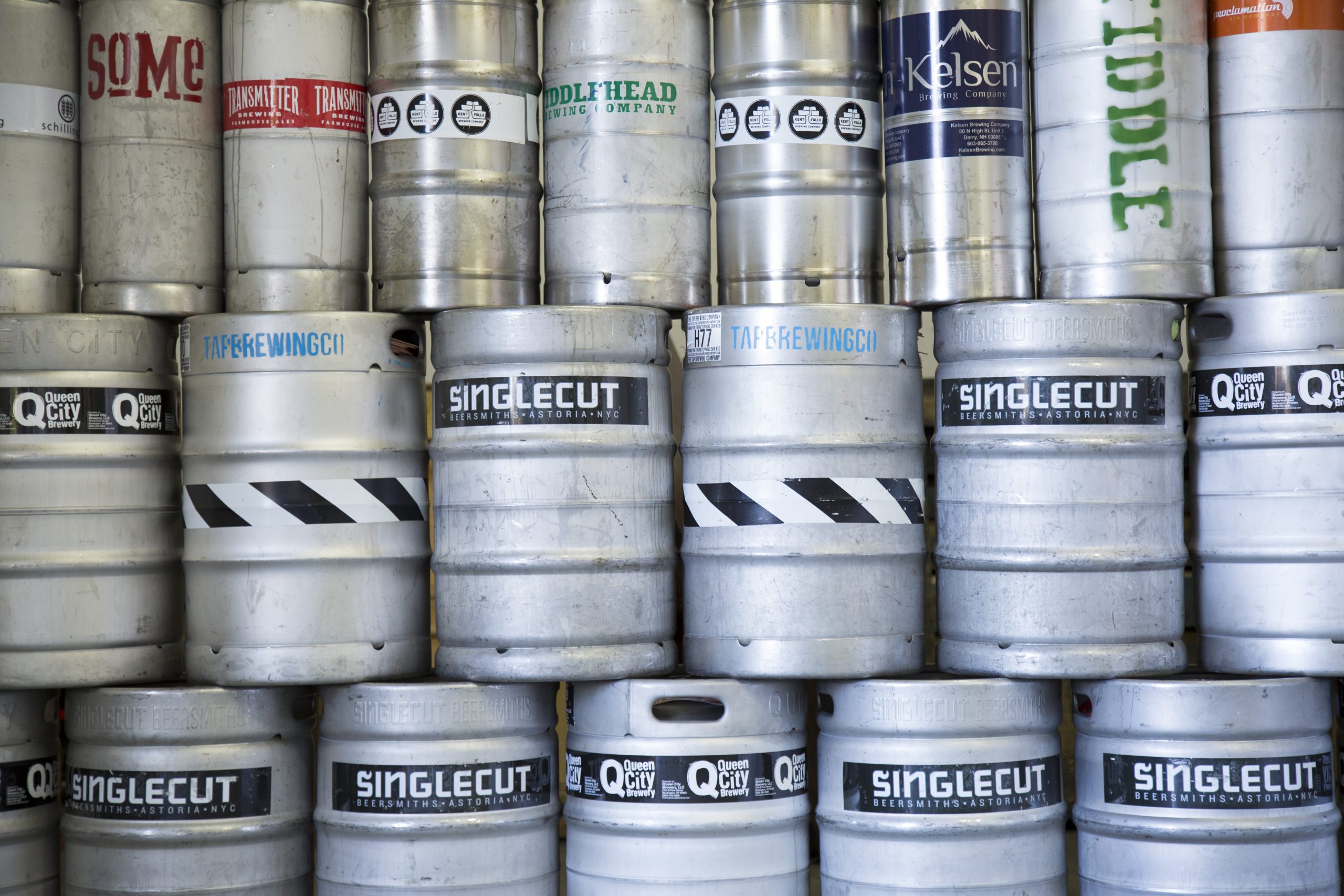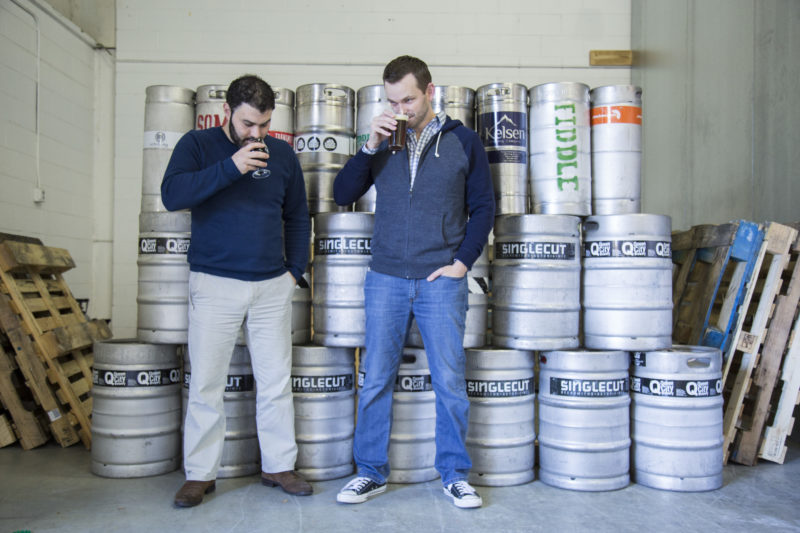
Beer, Management
A Distributor’s Guide for Landing the Latest and Greatest Small Batch Beer
By Dave Eisenberg

By Dave Eisenberg

Founded two years ago in Stoughton, MA, the company’s portfolio doesn’t boast any considerable volume brands to lean on. Rather, Craft Collective exclusively focuses on small-batch brews and limited beers for which demand typically vastly outweighs supply. Think Trve Brewing from Denver, or Finback from New York City. In turn, the distributor says it typically sells out of its stock within a week of arrival. Which is to say, Craft Collective sells many of the products that craft-centric beer bars want, but can’t easily secure.
“It’s truly a different model with a different way of handling and delivering beer than kind of the existing legacy big guys,” says co-founder and president Bryan Ferguson. “We’ll be statewide by the end of May essentially. But, we scale differently. We don’t have thousands upon thousands of customers. We’ve got about 600 customers right now.”
As such, for bars and restaurants, particularly of the startup variety, that want a piece of the proverbial special keg, it can be sort of a “get in line” proposition. But, worry not, BevSpot caught up with Ferguson to get his advice on how bars can best position themselves to land the next limited brew the competition is clamoring for.
The following has been edited for clarity.
The things we look for are pretty straightforward. It’s folks that we can trust to take care of the beer, to understand the beer, to learn the story of the brewery or the cidery we’re working with, and places that are good at hand selling products to customers.
We also look around and try to see if it seems like the end consumer there is the type of person that seems to be interested in our beer, the ones going in looking for something new, something different. Cooler space is always critical, too, especially for these fresh hoppy beers where freshness and storage are important. We’re always looking for that kind of stuff. Practically, I think it’s pretty easy to identify a handful of customers in any given region.
We tend to do really well with customers who find us. Folks who have gone out of their way to figure out who distributes a certain small brand that they have an interest in. By and large, those people become our best customers.
It’s pretty self-fulfilling thing if you think about it, right? It changes the dynamic. We’re not walking into a store pitching our wares to someone who may or may not be interested. They’re finding us, and so there’s already kind of a quiet understanding of what we do and what our portfolio is. So, from there, it’s pretty straightforward.

Show some enthusiasm. Show some interest in taking care of your draft system and learning about beer, curating a good list, and charging a fair price for a fair pour size. We’ll certainly find beer that makes sense for your location.
When 75% of your portfolio is expected to sell out, limited or whatever, our task becomes more just trying to place the right titles at the right bars, on the right draft lines, and in the right coolers. We’ve got enough to go around for all our customers to do meaningful business for all of them.
But, whether you’re getting Singlecut or Finback or Aeronaut or Oxbow or whatever, that’s something where we try to take a consultative approach and say, “Cool, we think this is going to work for you,” or “Hey, why don’t you try this thing instead?” I think by and large it works really well for everybody.
It’s the nexus of price point, customer base, and style. A really well priced IPA by the pint works really well anywhere obviously. But, some places maybe have aspirations to do more than that and you take a stab at it. You sell them a more expensive keg, something a little more esoteric. Maybe it doesn’t move so fast, but then you’ve learned and you recalibrate and refocus, and over time you kind of figure out what does well.
What role are we playing on your menu? Are we front and center? Are we just two draft lines, kind of in the esoteric corner of the menu? Are we the IPA that you plan to crush three half barrels of a week? We just kind of need to know where we stand and from there we can help you make really good decisions about your beer list.
Call us. [laughs] Share in kind of an open way with your distributor what your goals are. If you’re trying to move away from certain macro beers or certain “crafty” beers and you’re trying to do something more interesting, more local maybe, I think show a little bit of openness and share that with your distributor, with your sales rep. We all want the same thing. We all want to place cool beers at cool spots that are trying to do interesting things with their beer menus.
For more exclusive industry interviews and news, create a free BevSpot account to stay up-to-date on the latest blog articles and gain access to member-only tools and resources.
